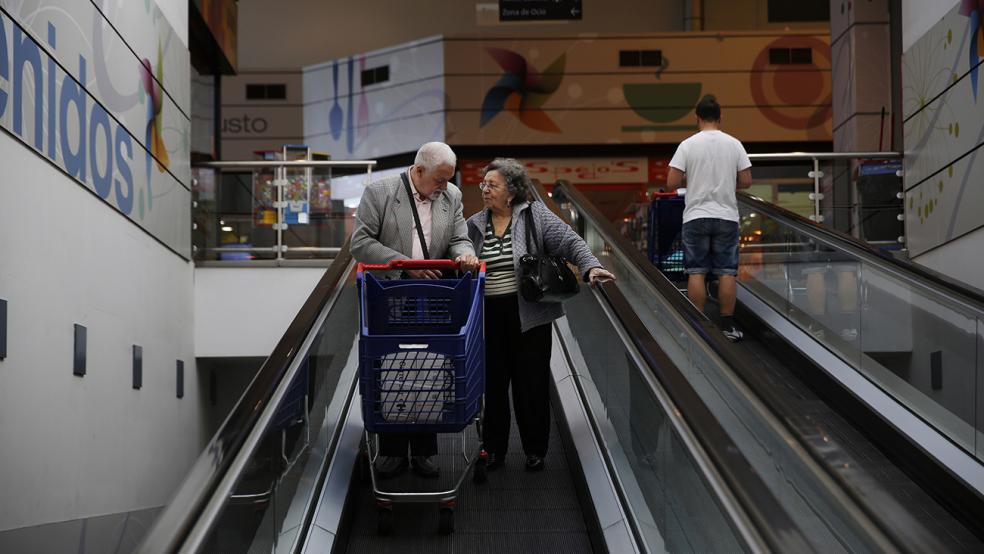The U.S. economy was even weaker in the first three months of 2022 than initially thought, the Bureau of Economic Analysis said Thursday, as it updated its estimate of first-quarter GDP growth to –1.5%, a bit worse than the 1.4% decline that was first reported.
Lower numbers for restocking inventories and residential construction accounted for most of the downward revision, though those were partially offset by an upward revision in consumer spending. Overall, the decline in GDP in the first quarter reflects “decreases in private inventory investment, exports, federal government spending, and state and local government spending,” as well as an increase in imports, the agency said.
The pandemic continued to play a powerfully disruptive role, at a time when many federal aid programs had ended. “In the first quarter, an increase in COVID-19 cases related to the Omicron variant resulted in continued restrictions and disruptions in the operations of establishments in some parts of the country,” the report said. “Government assistance payments in the form of forgivable loans to businesses, grants to state and local governments, and social benefits to households all decreased as provisions of several federal programs expired or tapered off.”
Risks ahead: Most economists expect to see a return to growth in the second quarter, though the economy has been sending some mixed signals lately. Inflation is still running near a 40-year high, and with the Federal Reserve stepping up its effort to bring price increases under control, there are growing concerns that the central bank could push the economy into a recession, led by downturns in the stock and housing markets.
Another concern is stagflation – a mix of high inflation and rising unemployment. Last week, Treasury Secretary Janet Yellen warned that the Russian invasion of Ukraine was increasing the risk of stagflation. “The economic outlook globally,” Yellen said, “is challenging and uncertain, and higher food and energy prices are having stagflationary effects, namely depressing output and spending and raising inflation all around the world.”
Former Fed Chair Ben Bernanke recently said that while the economy is in better shape than it was in the 1970s, when stagflation took hold, the U.S. could be in for a rough ride that echoes that period. “[I]nflation’s still too high but coming down,” he told The New York Times. “So there should be a period in the next year or two where growth is low, unemployment is at least up a little bit and inflation is still high … So you could call that stagflation.”
Still, plenty of analysts say the economy is strong right now and at little risk of falling into recession. Joseph Brusuelas, chief economist at the consulting firm RSM, pushed back against some of the more dire forecasts earlier this week. “There is a 35% probability of a recession over the next 12 months & fears of an imminent recession are overblown,” he wrote.
Pantheon Macro chief economist Ian Shepherdson said this week that although he expects the housing market to weaken substantially, that won’t be enough to spark a recession, since the U.S. consumer still has plenty of money, and a decline in housing prices could motivate the Fed to halt its campaign to raise interest rates, reducing deflationary pressure. “The consumer, apart from housing, is charging along,” he told CNBC. “It looks to me like consumption in the 2nd quarter is going to be 4%+, better than the 1st quarter despite soaring gas prices.”




